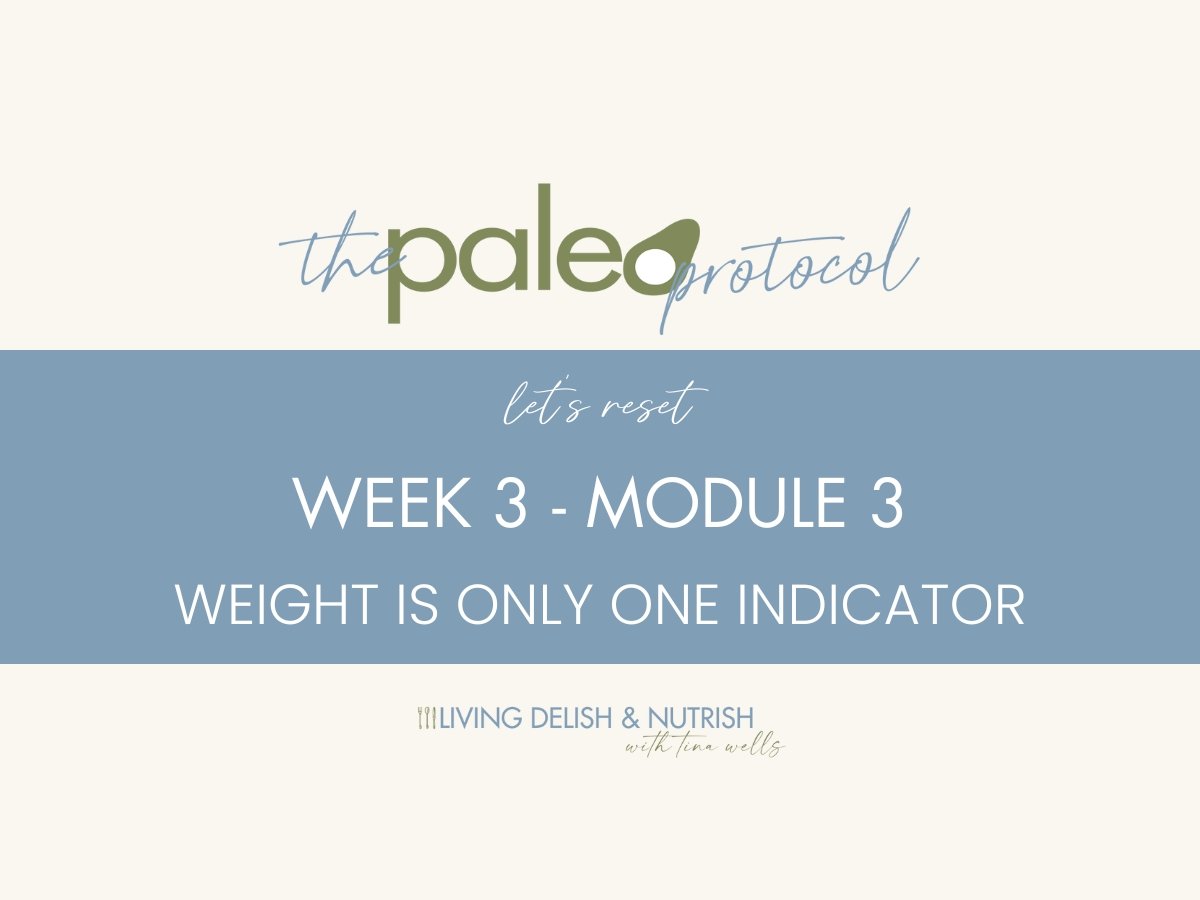Weight Is Only One Indicator
More than weight, there are other indicators of health that should be considered. BMI, Body Mass Index, and Waist-to-Hip Ratio are used as indicators of potential diseases such as Type 2 Diabetes, high blood pressure, and coronary artery disease. Your waistline may be telling you that you have a higher risk of developing obesity-related conditions.
If your BMI is less than 18.5, it falls within the underweight range.
If your BMI is 18.5 to 24.9, it falls within the Healthy Weight range.
If your BMI is 25.0 to 29.9, it falls within the overweight range.
If your BMI is 30.0 or higher, it falls within the obese range.
This is not a diagnostic tool but rather an indicator. Understand that this information comes with some exceptions. Some ethnic groups have genetic predispositions that make BMI less accurate. Body fat distribution differs by race and ethnicity among Hispanic, Black, East Asian, and South Asian populations.
Carrying fat around the middle, mainly around the waist, will make you more likely to develop health problems than if the fat is mainly in the hips and thighs. This appears to be true even if BMI falls within the normal weight range. A woman with a waist measurement of more than 35 inches (88cm) or a man with a waist measurement of more than 40 inches (102 cm) may have a higher disease risk than people with smaller waist measurements because of where their fat lies.
The fat that develops in the midsection is primarily visceral fat, or the deep fat that surrounds the organs and keeps organs from functioning at their optimal levels. (Subcutaneous fat is the fat under the skin.) The waist-to-hip ratio is an inexpensive calculation that can be used as a proxy for visceral fat.
Measure your waist around the navel.
Measure your hips around the widest part, across your hip bones.
.85 or higher for women, .95 or higher for men indicates too much visceral fat.
Focusing on a nutrient-dense diet will help with reducing visceral fat, along with moderate exercise, adequate sleep, and reducing stress levels.

